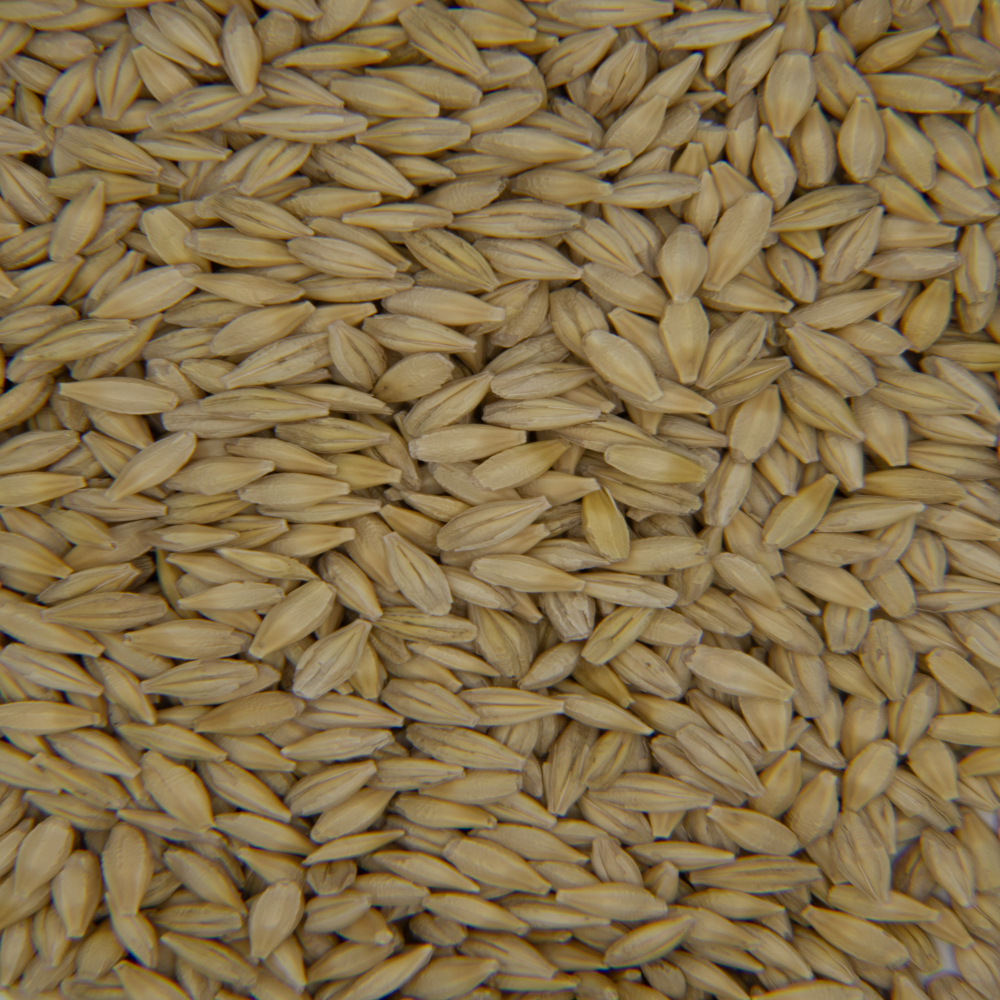
Using Barley to Manage Pigeon Weight
Using Barley to Manage Pigeon Weight
Why Smart Feeding Matters in Racing Pigeons
Racing pigeons are elite athletes—and like any athlete, weight management plays a vital role in their performance, health, and longevity. During the racing season, their diet is rich in fats and proteins to fuel long, strenuous flights. But when racing ends, continuing that high-energy diet can quickly lead to overweight birds, sluggish behavior, and even breeding issues. This is where barley becomes a valuable tool for every pigeon fancier.
Barley is a low-energy, high-fiber grain that can be strategically used to control weight gain in racing pigeons during the off-season or periods of rest. In this post, we’ll explore the nutritional properties of barley, how it compares to high-fat grains, the right way to use it in feeding schedules, and how to monitor your pigeons’ weight effectively.
The Off-Season Challenge: Weight Gain in Pigeons
When the racing season ends or your birds are in a resting or breeding phase, their energy expenditure drops significantly. If you continue feeding the same high-fat seed mix used for peak race condition, you may end up with birds that are:
-
Overweight and lethargic
-
Less inclined to fly during loft exercises
-
At higher risk for joint and heart issues
-
Poor performers during the next training cycle
-
Breeding less effectively due to fat buildup
This is especially common when corn, sunflower seeds, and peanuts dominate the feed mix. These high-calorie ingredients are excellent for race recovery and energy bursts—but during rest periods, they’re simply too much.
Why Barley Is a Smart Choice
1. Lower Energy Density
Barley contains significantly less fat and energy compared to grains like corn or safflower. It provides slow-burning carbohydrates, making it ideal for:
-
Pigeons on rest
-
Breeding pairs not flying much
-
Youngsters not yet in training
-
Loft flying during the off-season
Barley’s lower caloric content helps birds feel full without overloading them with excess calories, effectively reducing the risk of weight gain.
2. Rich in Fiber
Barley’s fiber content supports healthy digestion. It keeps pigeons’ gut health in balance, aids in stool formation, and encourages regular elimination. In periods of low physical activity, gut motility can slow—fiber helps regulate this.
3. Provides Satiety Without the Calories
Pigeons fed on barley remain satisfied and content. Barley satiates their appetite without triggering the high energy spike associated with fatty grains.
Nutritional Comparison: Barley vs. High-Fat Grains
| Grain | Energy (kcal/100g) | Fat (%) | Fiber (%) |
|---|---|---|---|
| Barley | ~354 | 2.3 | 17.3 |
| Corn | ~365 | 4.7 | 7.3 |
| Sunflower Seeds | ~584 | 51.5 | 8.6 |
| Peanuts | ~567 | 49.2 | 8.5 |
As shown above, barley has half (or less) the fat and calories compared to other common pigeon grains. It’s no wonder so many top fanciers turn to it when weight management is needed.
How to Incorporate Barley into Your Feeding Program
1. Transition Gradually
If your pigeons are accustomed to a rich seed mix, suddenly switching to barley can cause feed rejection or stress. Transition over a few days:
-
Day 1-2: Replace 25% of the mix with barley
-
Day 3-4: Increase to 50%
-
Day 5 onward: Up to 75–100% barley for short rest periods
For longer rest periods (e.g., during winter), 100% barley is often used for a week or two at a time to help pigeons slim down.
2. Loft Flying Days
On days when pigeons are doing only short exercise flights around the loft, replace 50–75% of the grain mix with barley. Save richer grains for training days or when you need to build muscle mass.
3. During Breeding Rest Periods
When breeding pigeons are not racing, they often gain weight quickly. Mixing barley with breeding pellets can keep hens and cocks in breeding shape without risking obesity.
4. Use Soaked Barley for Better Digestion
Some breeders prefer to soak barley overnight to soften it. Soaking makes the grain more digestible and palatable, especially for young or molting birds.
Monitoring Pigeon Weight Weekly
Feeding adjustments should always be backed by weekly weight checks. This prevents guesswork and helps you customize each bird’s diet.
How to Check Weight
-
Use a digital gram scale
-
Weigh birds once a week at the same time, ideally in the morning before feeding
-
Record weights and look for trends
-
Watch for gains over 5–10% of race weight, which could indicate excessive fat buildup
Ideal Weights (Varies by Breed)
-
Racing Cock: 420–480g
-
Racing Hen: 370–440g
If weights climb above this range during the off-season, adjust feed to include more barley and reduce high-fat grains.
Tips to Maximize the Benefits of Barley
-
Store properly: Keep barley dry and sealed to prevent mold growth
-
Inspect regularly: Check for weevils, dust, or musty odors—discard if present
-
Combine with grit and minerals: Barley needs to be paired with proper grit to aid digestion, especially when used in high proportions
-
Use reputable sources: Choose clean, dust-free barley from trusted suppliers
When Not to Use Barley
While barley is fantastic for rest periods, avoid using it in these scenarios:
-
During races or intense training: Barley doesn’t provide enough fast energy
-
Immediately post-race: Birds need quick glycogen recovery from higher-energy grains
-
With underweight birds: They need calorie-dense mixes to regain proper condition
Barley is a management grain, not a racing fuel.
Barley Blends You Can Try
Here are a few seasonal feed mix suggestions incorporating barley:
Off-Season Mix (Weight Control)
-
60% Barley
-
20% Wheat
-
10% Peas
-
10% Small Corn
Loft Flying Mix
-
50% Barley
-
20% Wheat
-
15% Safflower
-
15% Milo
Light Breeding Mix
-
40% Barley
-
30% Pellets
-
20% Peas
-
10% Corn
Conclusion: Barley as a Weight Management Solution
Using barley to manage pigeon weight is a time-tested strategy among successful fanciers. Its low-energy profile, digestive benefits, and cost-effectiveness make it a perfect grain for maintaining healthy, lean birds during rest and loft-flying periods.
If you’re serious about optimizing your pigeons’ condition year-round, barley should be a staple part of your seasonal feeding rotation. Combine it with weekly weight monitoring and smart loft management to prevent obesity, boost fitness, and prepare your birds for their next peak season.
Pro Tip: Consider pairing barley feeding with products like PHP Detox+ or vitamin-mineral tonics during the off-season to support liver function and maintain internal health while birds are burning fat and resting.

